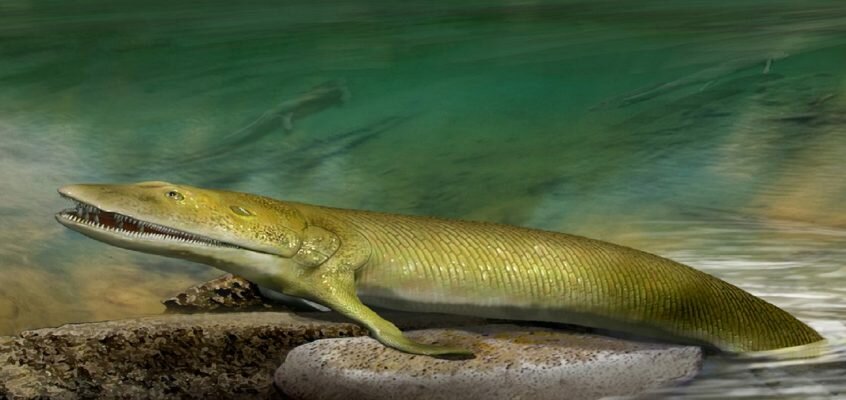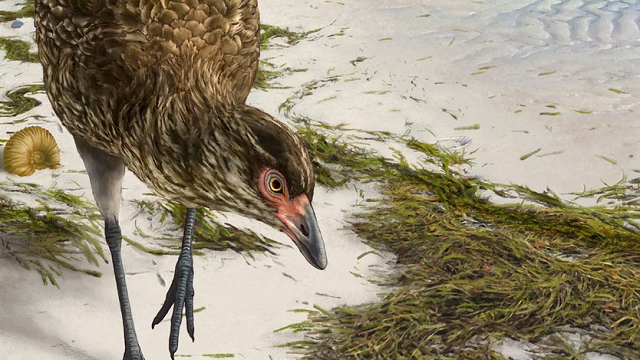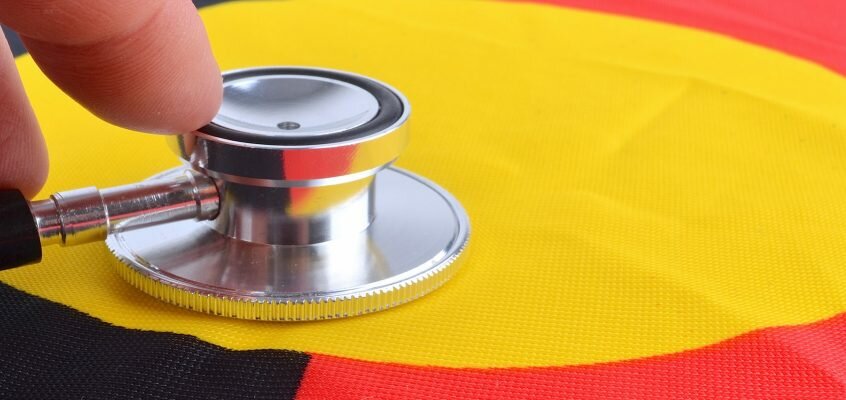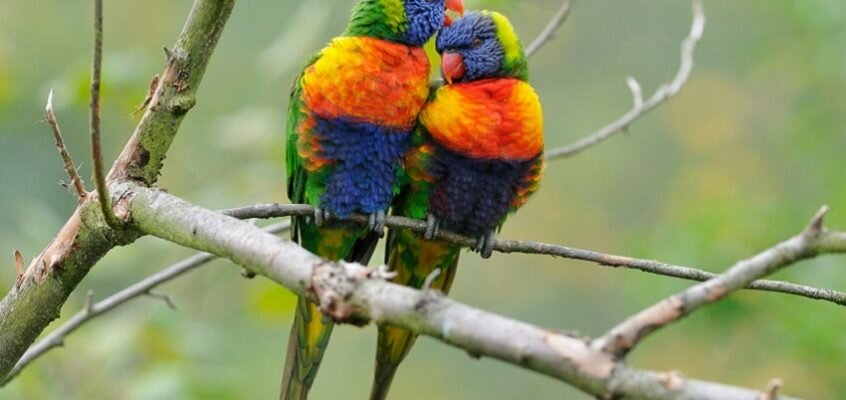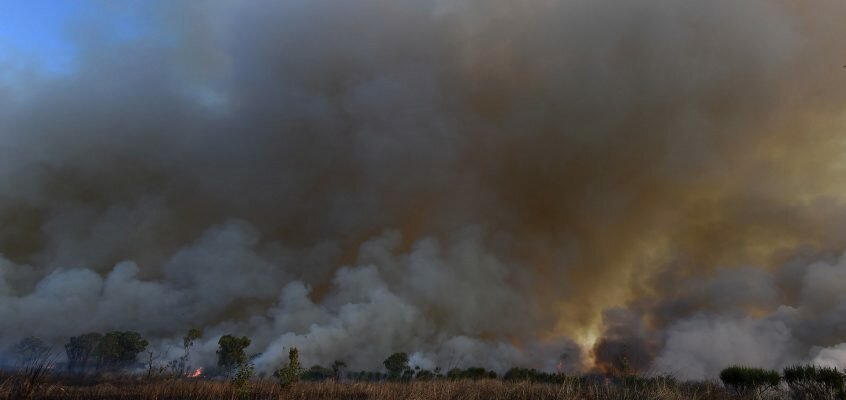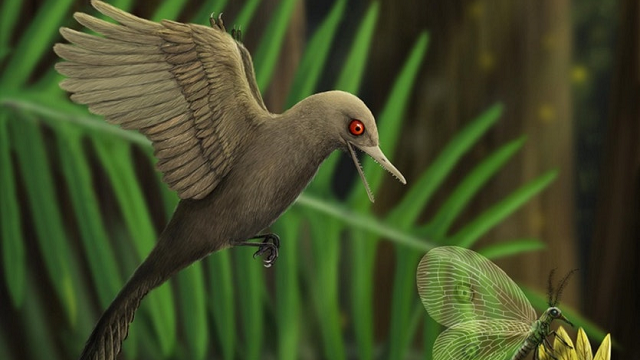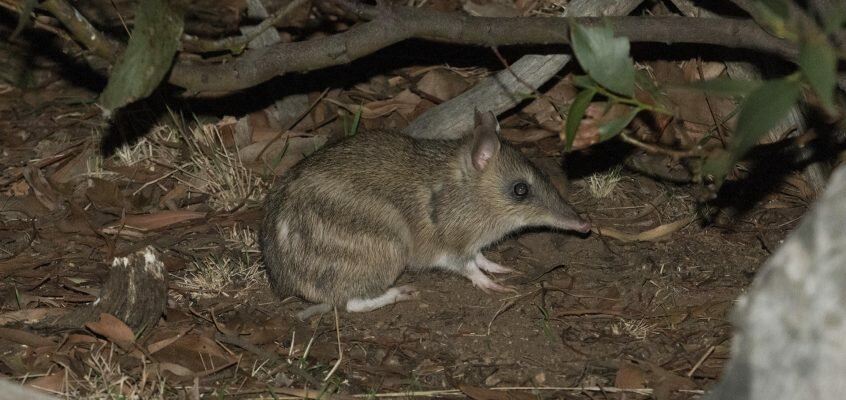Ancient fish fossil reveals missing link in evolution of hand bones
A complete ancient fish fossil with finger-like digits in its fin reveals the evolution of hand bones started before animals came onto land. Use this interesting article to demonstrate the importance of Earth and Biological Sciences to students in scientific … Continued
